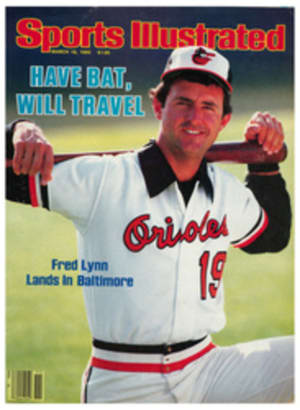
YOU FRISBEE FANS BETTER TAKE NOTE: AEROBIES APPEAR TO BE TAKING OFF
Since early December, a bright orange ring has been seen traveling remarkable distances above California campuses. This strange flying object can be thrown farther than anything else that can be thrown by the unaided arm.
It's called the Aerobie, the Astonishing Flying Ring ($7.95, P.O. Box 2025, Dallas, TX 75221), and if its sales at the Stanford bookstore—700 over the past three months—are any indication, it seems destined to carve out at least a piece of the Frisbee's market. It can be thrown not only with the accuracy and control of the Frisbee, but about twice as far. The Aerobie is an improved version of Skyro (SHOPWALK, Sept. 8, 1980), which, like the Aerobie, was invented by Alan Adler, a Silicon Valley engineer with some 25 high-tech and toy patents to his credit. Until Jan. 12, when Scott Zimmerman of Pasadena City College tossed an Aerobie 1,046 feet—and thus won $1,000 from Adler—the Skyro held the Guinness Book of World Records citation for "the longest throw of any inert object heavier than air"—857'8". By contrast, the world Frisbee record is 444 feet, the record baseball throw slightly less than 446 feet.
The Aerobie is 13 inches in diameter, and it weighs 3.95 ounces. Its core is constructed of a resilient plastic—modified polycarbonate, the same material used in car bumpers—which enables it to bend or take a hard hit but spring immediately back into "tune." The outer part is soft rubber, which makes the the disk easy to catch.
A Frisbee is thrown at a downward angle to compensate for its tendency to rise, but the Aerobie is launched flat, which means that an inexperienced Frisbee thrower often has quicker success with the Aerobie than with the Frisbee.
In breaking the record, Zimmerman used a technique that involved running up toward a line, spinning 360 degrees and then launching the disk backhand. The challenge for many, however, will be in making a throw to eclipse Zimmerman's record. An even greater challenge may be finding a field large enough to do it on.

